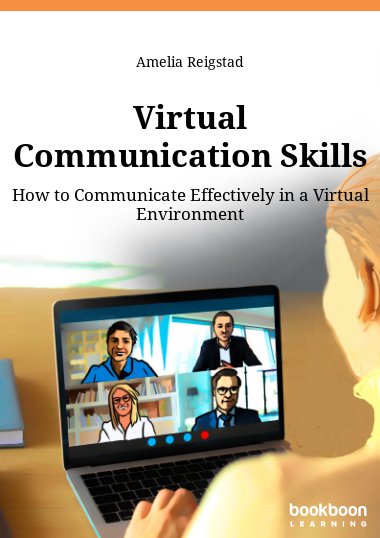Communicating clearly and effectively is critical when working in virtual environments in order to avoid miscommunication. By understanding how professionals communicate, we can begin to know our audiences better. It’s also necessary to understand why effective communication is so important to ensure messages are delivered and understood. Practicing two-way dialogue, gauging tone of voice, recognizing body language and being an active listener allows professionals to continue to build relationships while communicating virtually.
About the Author
Dr. Amelia Reigstad, Ph.D. is a passionate change agent, corporate trainer and coach with two decades of industry experience. She has taught a variety of PR and communications courses across the U.S., Canada, the U.K. and Europe. She consults and educates business professionals on the importance of understanding effective communication in the workplace and how this leads to employee engagement, increase of productivity and organizational improvements. As the founder of The Women Empowerment Series, she inspires and encourages women to use their voice to initiate change.


